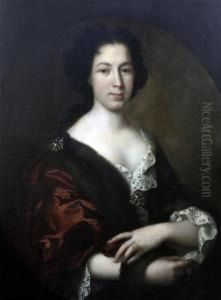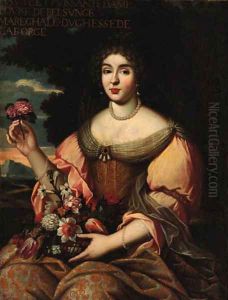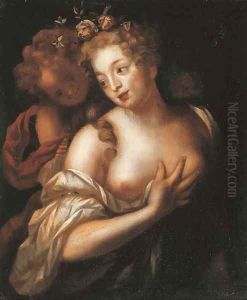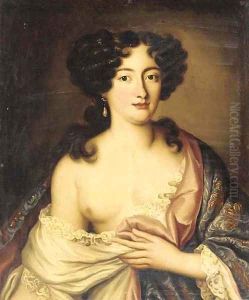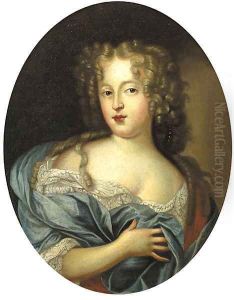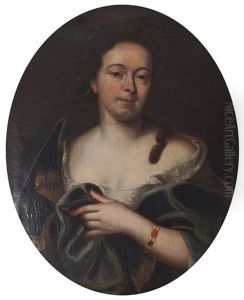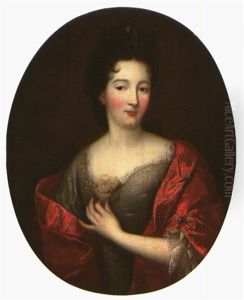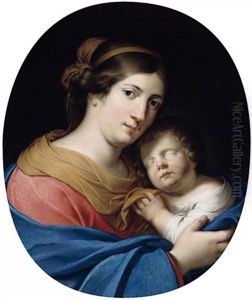Paul Mignard Paintings
Paul Mignard, born in 1639 in Avignon, France, was a notable figure in the world of French Baroque painting. He was part of the illustrious Mignard family, which played a significant role in the arts during the 17th century. His father, Pierre Mignard the Elder, was a distinguished painter, and his uncle, Nicolas Mignard, was also a renowned artist. This familial backdrop provided Paul Mignard with an artistic environment conducive to developing his talents from a young age.
Paul Mignard's career was significantly influenced by the artistic legacy of his family. He was trained under the guidance of his father and uncle, which helped him to master the techniques of the Baroque style, characterized by its dramatic use of color, light, and shadow. Despite living in the shadow of his more famous relatives, Paul managed to carve out his own niche within the art world of his time.
Throughout his career, Mignard worked on various commissions, including religious and mythological scenes, which were popular among the aristocracy and the church. His works are known for their elegance and the attention to detail, qualities that were highly prized in the Baroque era. However, unlike his father, who achieved fame in Paris and at the court of Louis XIV, Paul's work remained mostly confined to the Provence region.
Paul Mignard's contribution to the arts also involves his role in the local art scene of Avignon. He was instrumental in fostering a vibrant artistic community in the city, mentoring young artists and promoting the Baroque style. Despite his efforts, Mignard's work did not gain the same level of recognition as that of his father or his brother, Pierre Mignard the Younger, who also became a prominent painter.
Paul Mignard died in 1691, leaving behind a body of work that, while not as celebrated as that of other members of the Mignard family, still represents an important aspect of the French Baroque tradition. Today, his paintings can be found in various museums and collections, where they continue to be appreciated for their craftsmanship and stylistic beauty.


